DNA parts which can switch their position are
cistrons
transposons
introns
none of these
The correct Answer is:B
Step-by-Step Solution:
1. Understanding the Question: The question asks about specific parts of DNA that can change their position within the genome.
2. Identifying the Relevant Terms: In genetics, there are certain segments of DNA that are known for their ability to move around. These segments are commonly referred to as "jumping genes."
3. Defining Jumping Genes: Jumping genes are scientifically known as "transposons." These are sequences of DNA that can change their position within the genome, which can lead to mutations and changes in the cell's genetic identity.
4. Types of Organisms: Transposons are found in both eukaryotic organisms (like plants and animals) and prokaryotic organisms (like bacteria). This indicates their widespread nature across different forms of life.
5. Mechanism of Movement: The process by which transposons move from one location to another within the genome is called "transposition."
6. Historical Context: The phenomenon of transposons was first discovered by Barbara McClintock in maize (Zea mays). The term "transposons" was later coined by scientists Hedges and Jacob.
7. Conclusion: Therefore, the answer to the question is that the DNA parts which can switch their positions are called "transposons."
Final Answer: Transposons.
---
Topper's Solved these Questions
Similar Questions
Condsider
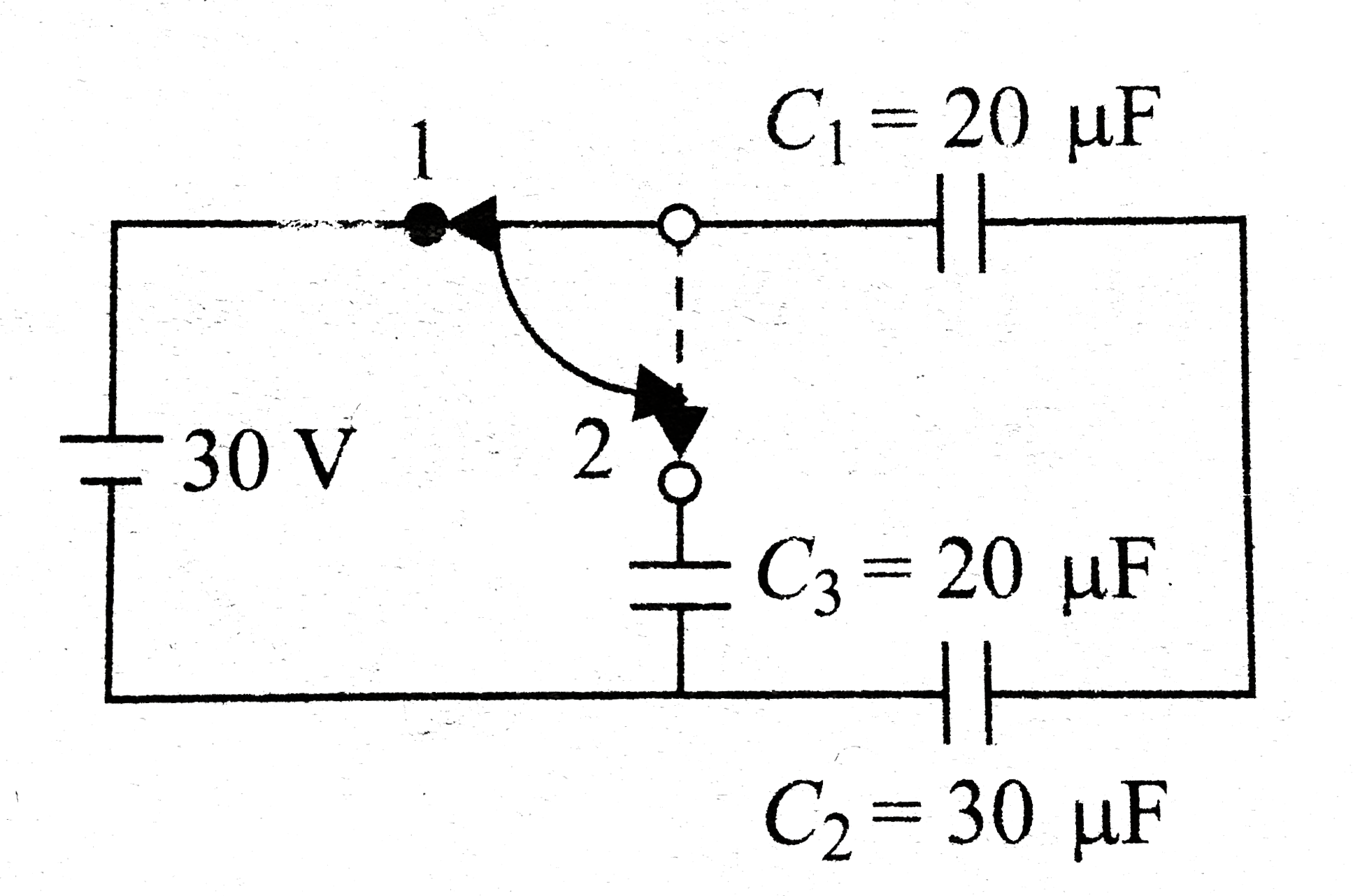 .
.
In the circuit shown is the switch can be shifted to positions 1 and 2 The charge on capacitor C1 when the switch is at position 1 is.
View SolutionIn the circuit shown below, the switch is in position 1 for a long time. At some moment after that the switch is thrown in position 2. The quantity of heat generated in the resistance of 375 ohm after the switch is changes to position 2 is :

View Solution
Knowledge Check
DNA element with ability to change positions is called
ACistronBTransposonCIntronDRecon
In the given AC circuit, when switch S is at position 1, the source emf leads current by π6. Now, if the switch is at position 2, then

View SolutionIn the circuit arrangement shown in figure capacitor is initially unchanged At t = 0 switch is thrown to position '1' it remains closed till the current in the circuit becomes 50 % of maximum current then. Suddenly switch is shifted to position '2' (Assume all batteries are ideal)
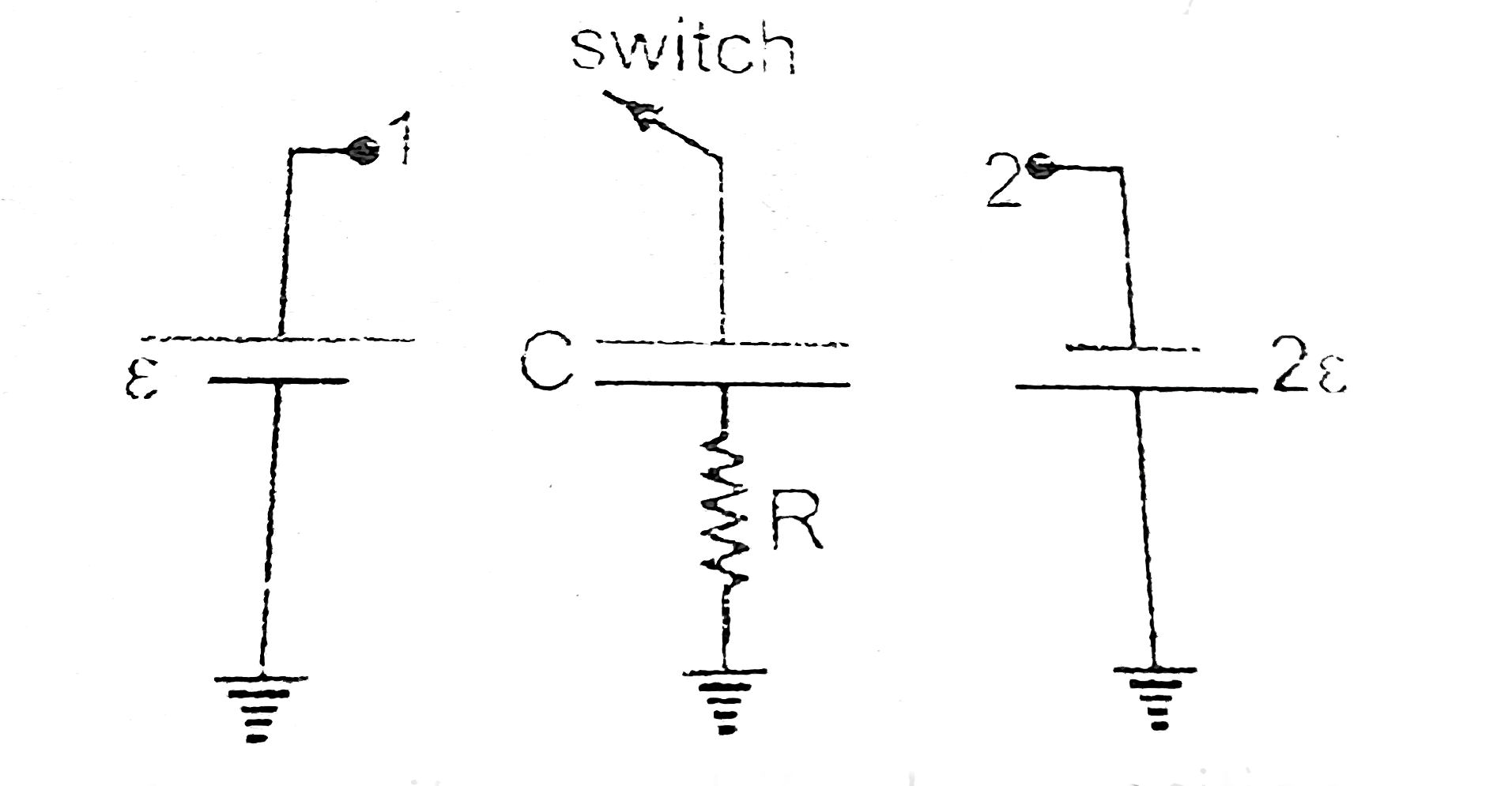
Which of the following is the correct options after switch is shifted to position '2'.
View SolutionIn the circuit shown in figure switch S can be shift to position A or position B. Current though resistance is say i1 when switch is in position. A and when switch is in position B, then
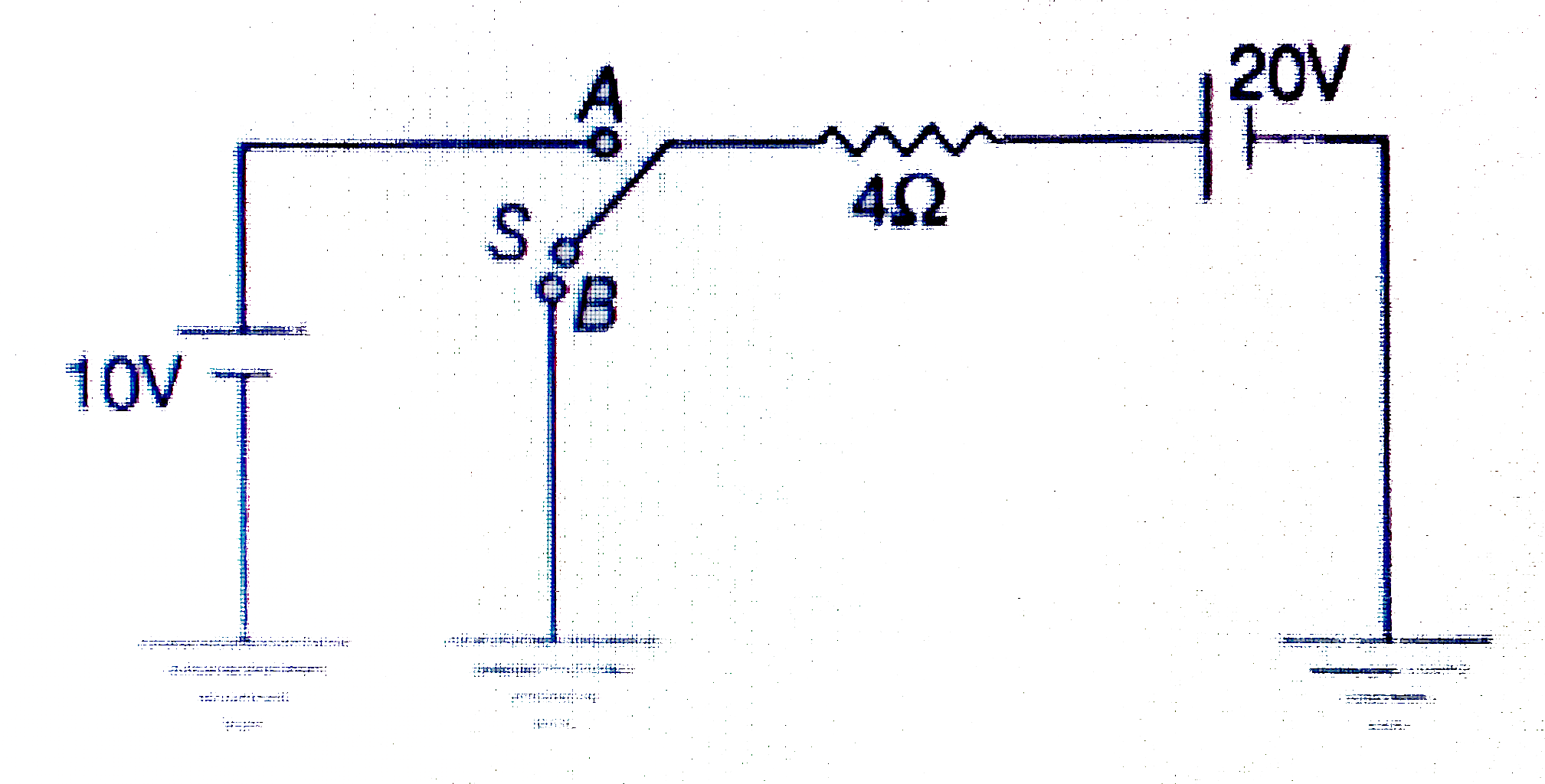
View SolutionThe switch in figure Iis connected to position a for a long time interval. At t=0, the switch is thrown to position b. After this time , what are

View SolutionIn figure, the switch is in the position 1 for long time, then the switch is shifted to position 2 at t=0. At this instant the value of i1 and i2 are
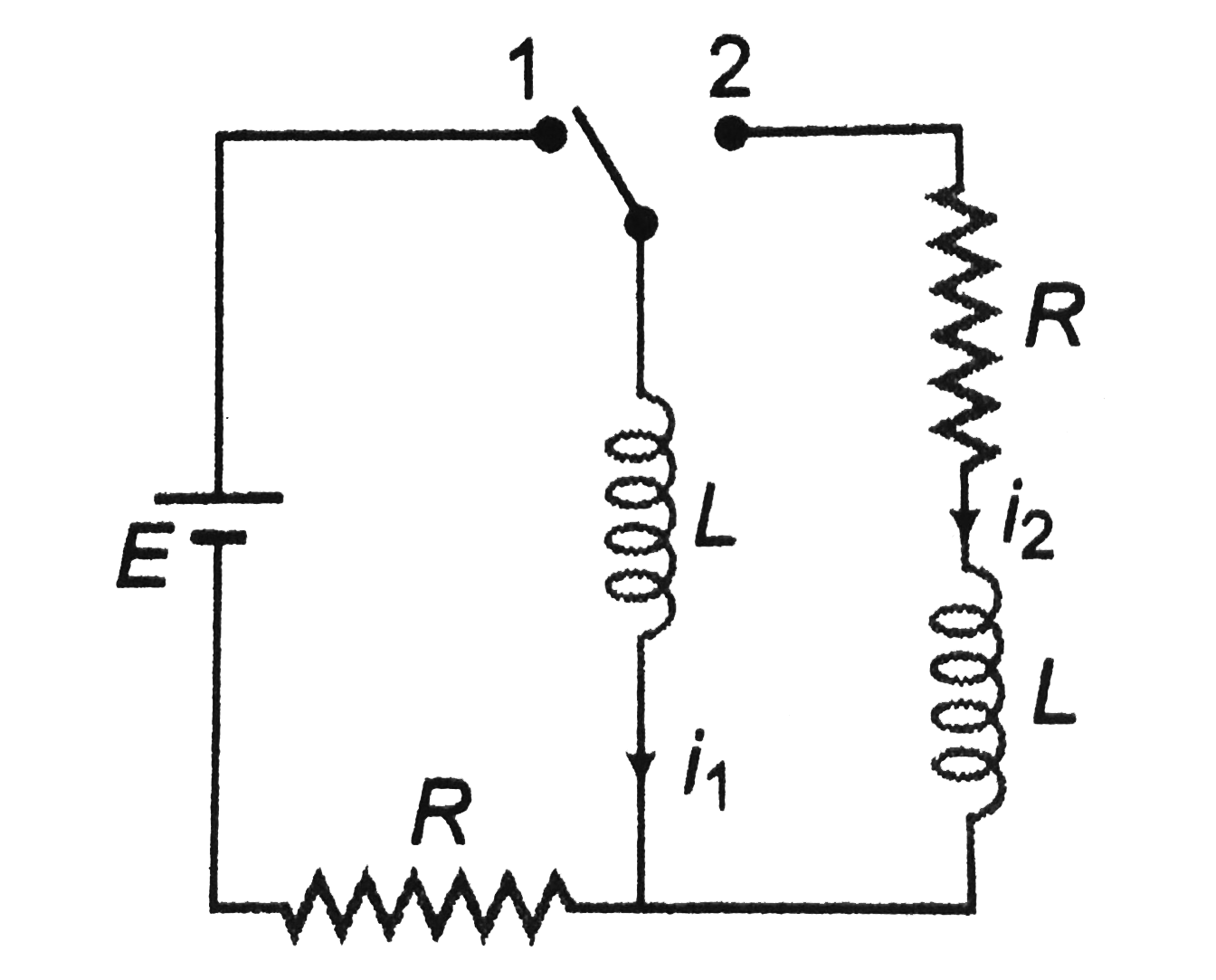
View SolutionIn the circuit shown, the switch has been in position 1 for a long time. Now the switch is shifted to position 2. If this instant is taken as t = 0, then at time t=π2
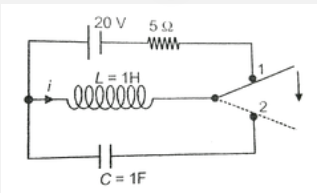
View SolutionAssertion : Small DNA fragments will arrange towards the positive end after gel electrophoresis.
Reason : DNA is negatively charged.
View Solution
